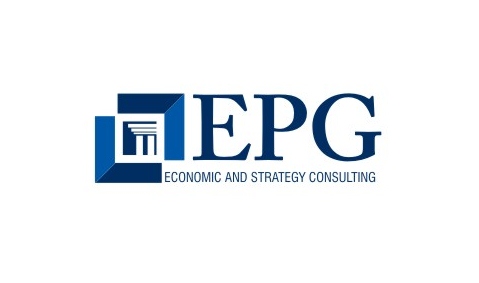
Measuring your social impact can help you get funding and improve your services
What better way to start the New year than to develop your knowledge in social impact measurement. Providing evidence of your organisation’s social impact has become increasingly important. In fact it’s the new trend of doing things. Most charities cite requirements from outside funders as the key driver for measuring impact, as well as the wish to tell a present narrative about the social value they generate.
Hosted by EPG and supported by i-genius, this course has been specifically created for UK Charities and Social Enterprises. Over two days, you will learn and understand how to measure the social impact of
your own organisation.
Same course, two dates:
Option: 1
Date: Thursday, 17 January – Friday, 18 January 2013
Time: 09:30 – 16:30 (GMT)
Place: The Crypt, St Martin in the Fields, Trafalgar Square, Charing Cross, WC2N 4JJ
Option: 2
Date: Monday, 28 January – Tuesday, 29 January 2013
Time: 09:30 – 16:30 (GMT)
Place: Cancer Research, The Angel Building, 407 St John Street, EC1V 4AD
An interview with Pratik Dattani, your course trainer.

i-genius: Why did you become interested in social impact?
Pratik: I was used to doing economic impact analyses and valuations for big companies working for various large organisations. At the same time, I started running a major charitable organisation in my ‘free’ time. I realised that measuring social impact used many of the same economics skills that I had been used to using. But now, given what I was doing in outside work, I realised that I could use my economics skills to help organisations evidence their own impact in a robust manner.
i-genius: Why is it important?
Pratik: I’ve found it gives an organisation with social aims a clearer vision and focus as to how to really make a difference. Although people working in the charity or social enterprise areas do so because they are driven by passion for social or environmental causes, this backs up that passion with raw hard facts and numbers – “we made x difference to x many lives over x period” as an example.
i-genius: Is it just a tool for social entrepreneurs to use to get corporate social responsibility and government funding?
Pratik: If a social enterprise asks a funder to contribute to what they perceive to be a great cause, the funder (this can be someone who puts in time or money) doesn’t know whether that is true. Social impact measurement can prove the benefits for society and show not just the funder, but also employees and other stakeholders exactly what difference is being made and where the room for innovation and improvement is.
i-genius: When should a social entrepreneur start to consider their social inpact?
Pratik: Right from the beginning. If a business is driven by a social purpose, then it’s an important check to make sure everything that the business does is driven by impact.
i-genius: What are the key things they should consider?
Pratik: There are three things: What are the activities you conduct as a social enterprise? What are the outputs of the business as a result of doing those activities? How do these relate to the social overall goal of the business? If these are regularly challenged and answered, then measuring the impact becomes straightforward and not onerous at all.
i-genius: Tell us about your course?
Pratik: It will be a very interactive course, run over two days with a maximum of 12 participants, and will be delivered by several experts in the areas of capacity building, fundraising and impact measurement. First, we cover why social impact measurement is important and to what extent it could be important for different organisations. Then we talk about different methods and tools with which impact can be measured, including how different methods are appropriate for different contexts. This is related to different funding contexts and a discussion of how/why different funders may look for different impact reporting, followed by an analysis of some technical aspects and main pitfalls of impact measurement. We finish with the opportunity to review and critique several real-life impact analyses.

